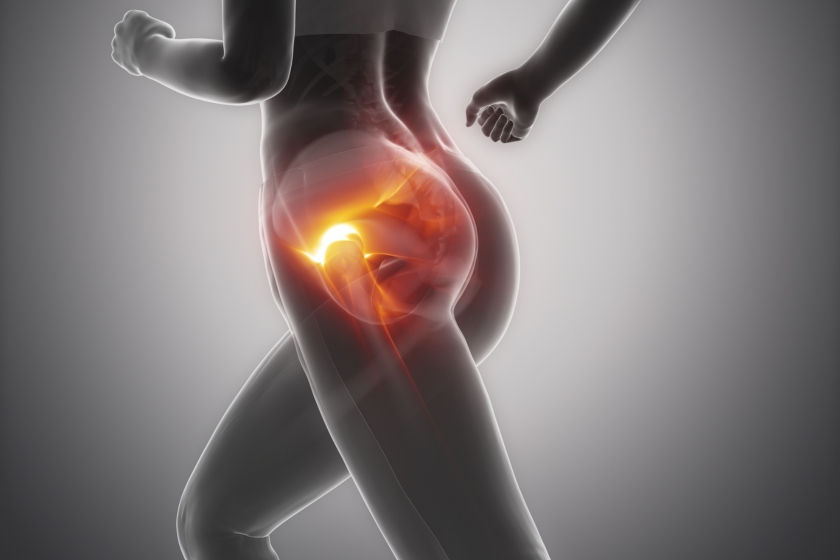How To Avoid Common Foot And Ankle Injuries Triathletes Face During Training
- Dr. Robert Berghorn, Jr.

- Mar 6, 2023
- 3 min read
If you're training for a triathlon this season, chances are you've heard of the common foot and ankle injuries athletes can experience.
From strained calf muscles to plantar fasciitis, understanding what causes these issues that can often put runners and athletes on the bench is vital to avoid them and achieve your goals.
When training for this year's half iron man, I've used some of the following techniques to avoid injury and keep training toward my goal of running the New York half iron man in September without foot and ankle injuries hindering my progress.
How To Avoid Common Foot And Ankle Injuries Triathletes Face During Training
Pay Attention To The Terrain
As you will know, training for a triathlon requires a high level of foot and ankle strength, flexibility, and coordination.
In order to avoid strain and sprain foot and ankle injuries, you have to pay attention to the terrain you're running on during training.
Now I understand if you're running on the streets around North Massapequa you can expect fairly flat terrain, but if you're running in a park, you could be running on uneven ground.
Proactively choosing your path when you run is a great way to avoid dips and hills on uneven ground and avoid foot and ankle injuries.
Try Not To Overtrain
Overtraining is a very common cause of foot and ankle injuries in triathletes and I know all too well the temptation to keep going if you're having a really good session, but you should take a break.
Overtraining can lead to excessive stress on the joints in your feet and ankle potentially giving you constant foot pain until you recover.
In order to keep up your progress and not get sidelined by injury, you should try to incorporate rest days into your training schedule to allow your body time to rest and recover.
Listening to your body when it comes to rest is important, if you feel like you need to rest for a day, you probably should!
Invest In The Right Equipment
Investing in the correct footwear is especially important to protect your feet and ankles from injury.
The wrong footwear can cause unnecessary foot and ankle injuries that are completely preventable.
Your sneakers should support the arch of your foot, have good shock absorption, cushioning, and be flexible.
(So go ahead and buy that pair of high-quality sneakers you wanted!)
Notice Your Form When Running
Maintaining proper foot and ankle form during training can help you avoid foot and ankle injuries like stress fractures and tendonitis.
You should first pay attention to your foot strike, whether you're running on track, treadmill, or trail you should land gently and evenly with every stride.
For optimal foot posture, you should monitor your heel-to-toe balance and try rolling through each stride from heel to toe without pushing off with your toes.
I know paying attention to foot form when running may not be glamorous but it can save you from unnecessary foot pain down the line!
Want To Know If You're Triathlon Ready?
Are you feeling like you're ready for your next triathlon but you've got a small doubt in your mind that there could be something missing?
We can offer you a solution to that doubt so you know you're 100% prepared and at your peak level of performance before the big event.
At Ascent Physical Therapy, we offer a free 30-minute season readiness assessment where you can come in and speak to a team of experts ready to give you the reassurance you need before your next triathlon.
You can arrange your free season readiness assessment by filling in our simple web form, or if you prefer to talk over the telephone you can call us at 516-387-0053 and we'll make sure you're fully prepared for your next triathlon.
Other Free Resources For Runners And Triathletes
If you don't feel you're quite ready to come into our North Massapequa NY clinic, we have even more free resources for runners.
Download Our Free Report - 5 Tips To Stay Out Running With Friends And Achieve Personal Bests
Read Our Blog - The Ins And Outs Of Dreaded Runners Knee
Read Our Blog - Overtraining Syndrome









Comments